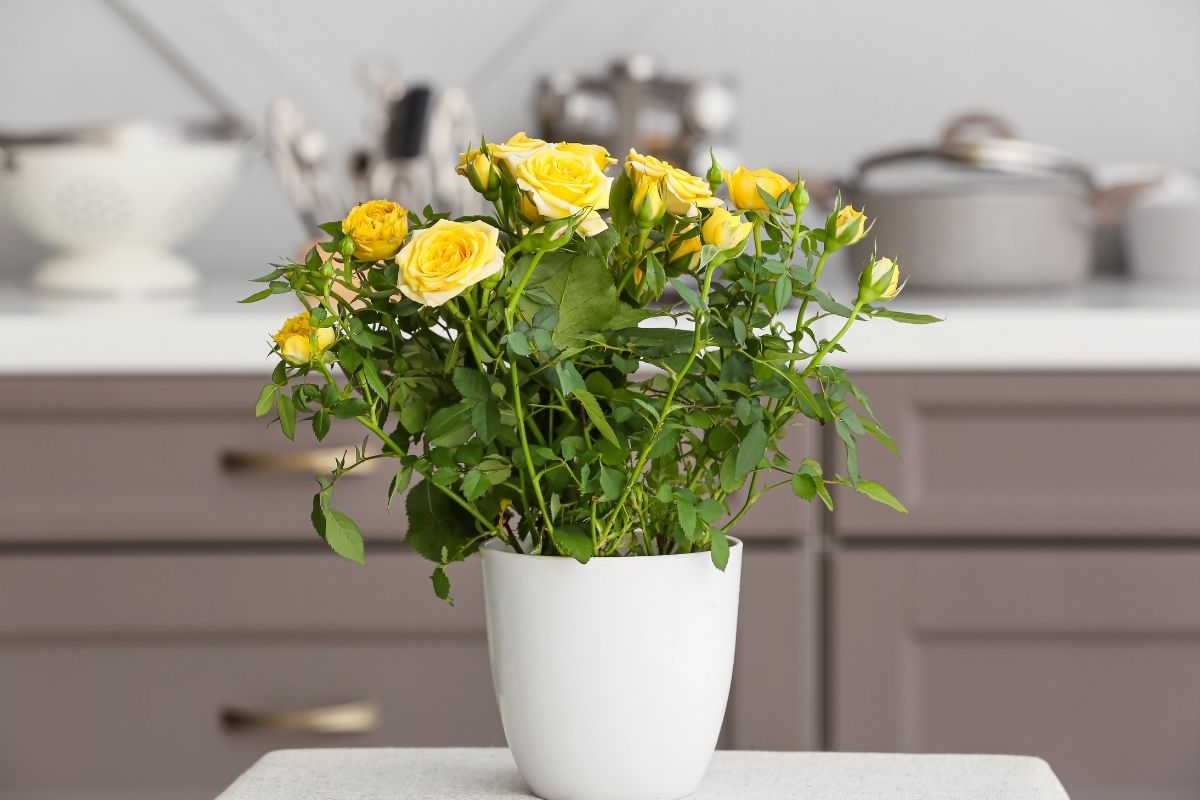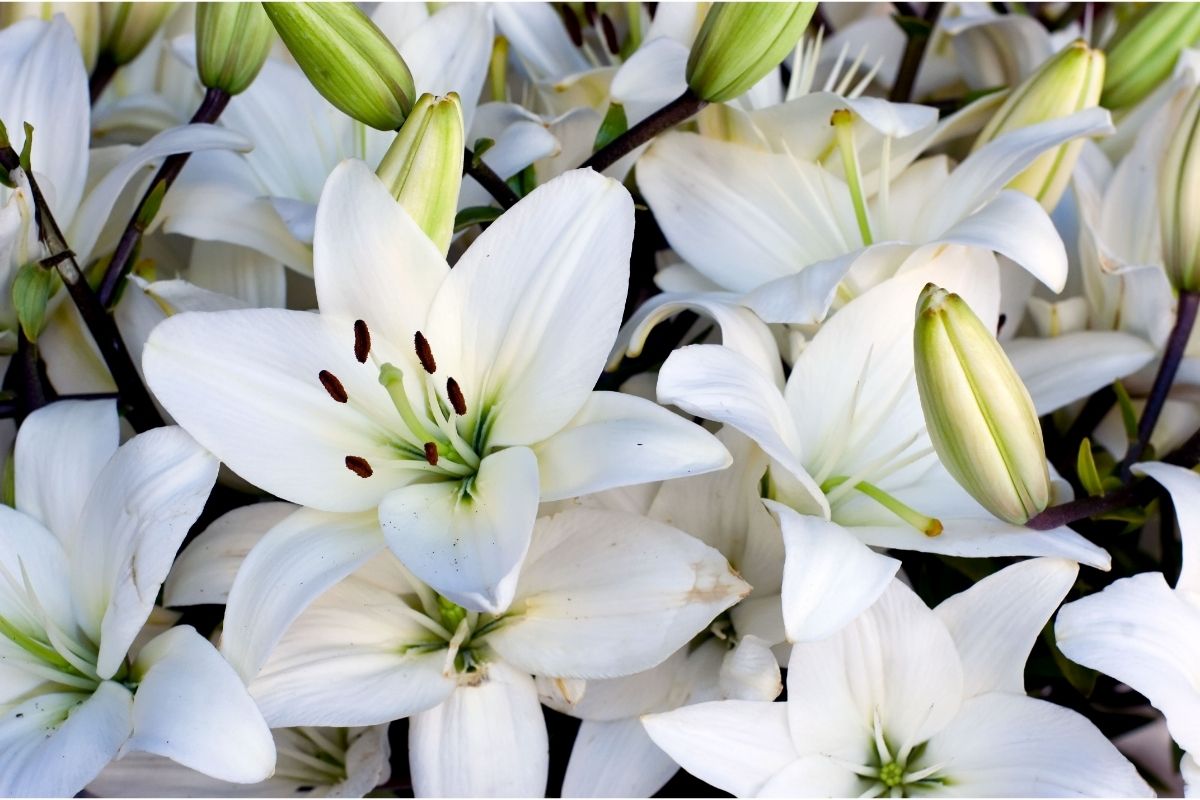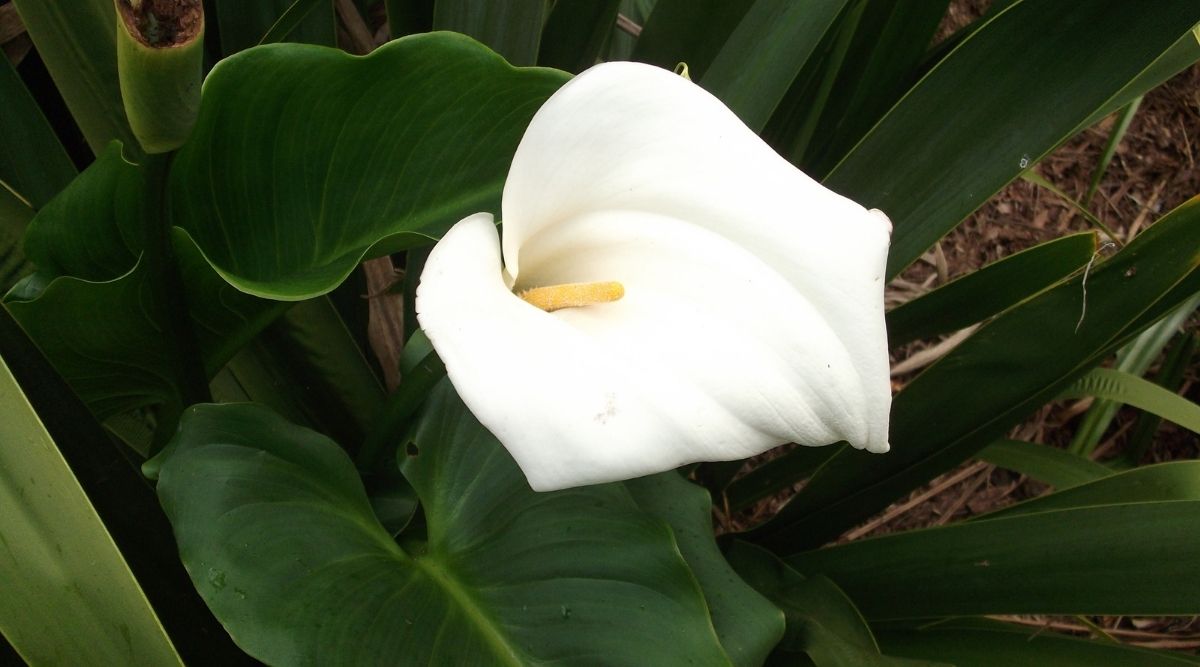Over time, peace lilies have become exceptionally popular plants to have in your home, some may say even more popular than roses.

If you are looking for a striking white plant to brighten up your home and induce calm throughout the room, the peace lily is the plant for you.
The main feature that draws people to the peace lily is the word ‘peace’. When life gets hectic and you need a break, taking care of your peace lily and being around it can help you to relieve stress and make you feel calmer.
The beautiful combination of green and white brings nature and tranquility into your life, and the peace lily brings a touch of sophistication to any room.
Taking care of your peace lily may seem difficult as you want to make sure that you are providing the plant with the same care that it provides you with.
Below you will find a guide on how often you need to water your peace lily so that you can make sure your peace lily is healthy and continues to spread peace throughout your home.
What To Know About Watering Your Peace Lily
When you get a peace lily, it is important to recognize the difference between your home and the native climate of the plant. The peace lily is from Columbia, so it is used to warm temperatures and needs to thrive.
The rain in Columbia is warm, so you need to make sure you do not water your peace lily with freezing cold water.
If you water your peace lily with freezing water, the plant can go into shock as it is very sensitive to cold temperatures.
As it is difficult to replicate the warm rain of Columbia in your home, the water should be left to warm to at least room temperature before being used to water your peace lily.
Chlorine and fluoride can also damage your peace lily as they can cause the leaves to lose their color and become brown.
You want the leaves to remain green, so leaving the water out overnight before using it to water your peace lily allows the chlorine to evaporate before use.
Is My Peace Lily Overwatered Or Underwatered?
If you are concerned about the physical appearance of your peace lily, there are a few ways to tell if it is experiencing any signs of being overwatered or underwatered.
The main signs to look out for are if the leaves turn from green to brown or yellow and if the leaves become droopy. These are signs that your peace lily is not healthy, but both signs mean that it is either overwatered or underwatered.
As these are both signs of an overwatered or underwatered peace lily, there is another way to tell what the problem is with your plant. By feeling the soil at the bottom of the plant pot, you will be able to see what the issue is.
If the soil at the bottom of the pot is soggy or soaking wet, then your plant is overwatered. To help this, stop watering the peace lily until the soil becomes slightly damp.
If you keep watering the peace lily, this will cause more harm to it than not watering it for a few days.
If the soil at the bottom of the pot is bone dry, your peace lily is underwatered. Make sure that you regularly water the plant to make sure that the soil becomes damp so the peace lily can recover. Be careful not to overwater it!
How Often Should I Water My Peace Lily?

As the peace lily is from Columbia, it is important to make sure that it has similar conditions to make sure that it can grow properly. You need to water the peace lily once per week, but make sure that it is generously watered with warm water.
If the soil begins to feel dry before the next watering, don’t worry! This helps to make sure that the soil doesn’t become soggy and damages the peace lily between watering.
How Much Water Should I Use To Water My Peace Lily?
When watering your peace lily, there is a good way to make sure that you have given it enough water. You are looking for excess water to leak out of the drainage holes in the pot as this means that you have given the plant good watering.
This shows that the water has reached the soil and the roots at the bottom of the pot so that the soil is evenly moist.
If you do not water the peace lily enough, only the top of the soil will become damp and the roots won’t get enough water. This will cause your plant to turn brown, so it is important that
You give it good watering so that the water can reach the roots.
Are Drainage Holes Important?
Drainage holes in the plant pot of the peace lily are very important as this prevents excess water from remaining in the pot. If the pot doesn’t have holes in the bottom, this can cause the soil to become soggy and the roots to become saturated.
You need to make sure that the excess water runs out of the drainage holes and isn’t blocked by chunks of soil or a saucer that the pot is resting on.
Final Thoughts
To conclude it is important to give your peace lily a good watering, but you need to make sure that you aren’t overwatering it.
Feeling the soil at the bottom of your peace lily pot will help you to make sure that your peace lily is watered to the level that it needs to be and isn’t too wet or dry.
Having drainage holes will help the water leave the pot and not damage the roots of the plant. Giving the peace lily a good watering once a week with warm water will help the peace lily to thrive in your home.
- Best Hanging Plant For Low Light - September 4, 2023
- Best Indoor Plants Florida - August 28, 2023
- Best Plants For Bathroom Smells - August 21, 2023








